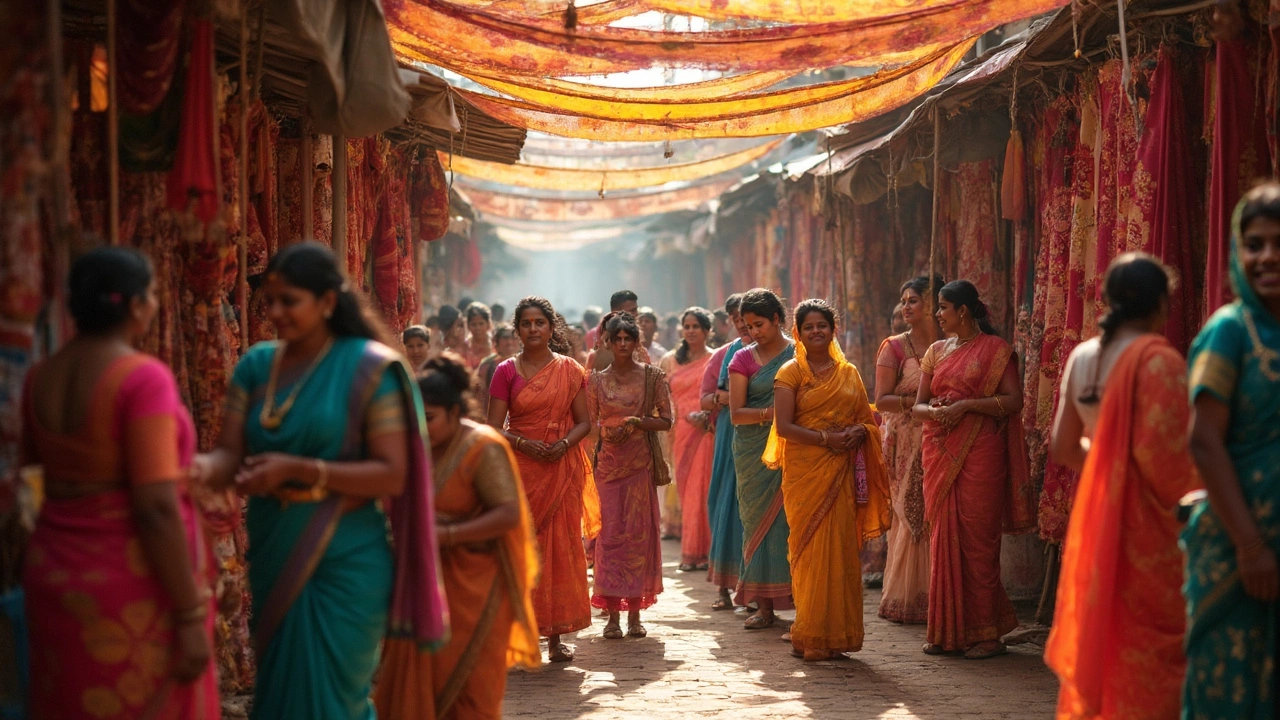Indian Cotton: What’s Happening and Why It Matters
Did you know India is the world’s second‑largest cotton grower? The crop fuels everything from rural jobs to high‑tech denim. If you’re thinking about sourcing fabric, investing in farms, or just curious about the market, this guide gives you the facts you need – no fluff, just real info you can act on.
Where Cotton Grows in India
Most of the cotton comes from Maharashtra, Gujarat, Telangana, and Andhra Pradesh. These states have the right mix of soil and climate, and they contribute about 80% of the nation’s output. Small farms dominate the scene, but large estates are catching up thanks to better irrigation and mechanisation. Knowing the regional strengths helps you pick the right supplier and plan logistics.
Production Numbers and Trends
In the 2023‑24 season, India harvested roughly 38 million bales, a modest rise from the previous year. Yield per hectare has improved to around 540 kg thanks to higher‑yield seeds and more precise fertiliser use. However, monsoon variability still caps growth – a dry spell can cut yields by up to 15%. Watch weather forecasts and government crop‑insurance schemes if you’re tying your business to cotton output.
Another trend is the shift toward sustainable cotton. More farmers are adopting “Bt” cotton that resists pests, reducing pesticide use. At the same time, certification programs like GOTS are gaining traction among exporters who want to sell to eco‑conscious brands. If your market values sustainability, look for suppliers with these certifications.
Price swings are a daily reality. The domestic cotton price is tied to international markets, but government floor prices and minimum support prices (MSP) add a safety net for growers. For buyers, locking in contracts during the sowing season often secures better rates than buying at harvest time when demand spikes.
Government policies play a big role. Schemes like the Technology Up‑gradation Fund (TUFS) and the Pradhan Mantri Fasal Bima Yojana provide financial help for modern equipment and crop insurance. Keeping an eye on policy updates can uncover subsidies that lower your cost of entry.
Finally, the export outlook looks promising. Cotton yarn and fabric are in high demand in Bangladesh, Vietnam, and the Middle East. Export volumes grew by 12% last year, and the government aims to boost them further with new trade agreements. If you’re looking to sell abroad, aligning your production with export‑ready standards will give you a leg up.
Bottom line: Indian cotton offers a mix of scale, competitive pricing, and growing sustainability credentials. Success hinges on understanding regional strengths, monitoring weather and policy shifts, and choosing partners who meet quality and certification standards. Use these insights to make smarter sourcing decisions or to pinpoint where to invest next.

What Textile Is India Famous For? Unraveling the Fabric Legacy
India stands out globally for its rich and diverse textile heritage. From legendary cottons and silks to vibrant handlooms, Indian fabrics are world-renowned for their quality and unique traditions. This article explores which textiles are closely tied to India's identity, highlights their global impact, and offers practical pointers for sourcing or appreciating them. You'll get tips about how to spot authentic Indian textiles and why certain regions excel in particular fabrics. If you want the lowdown on what makes Indian textiles tick, you're in the right place.
Read More